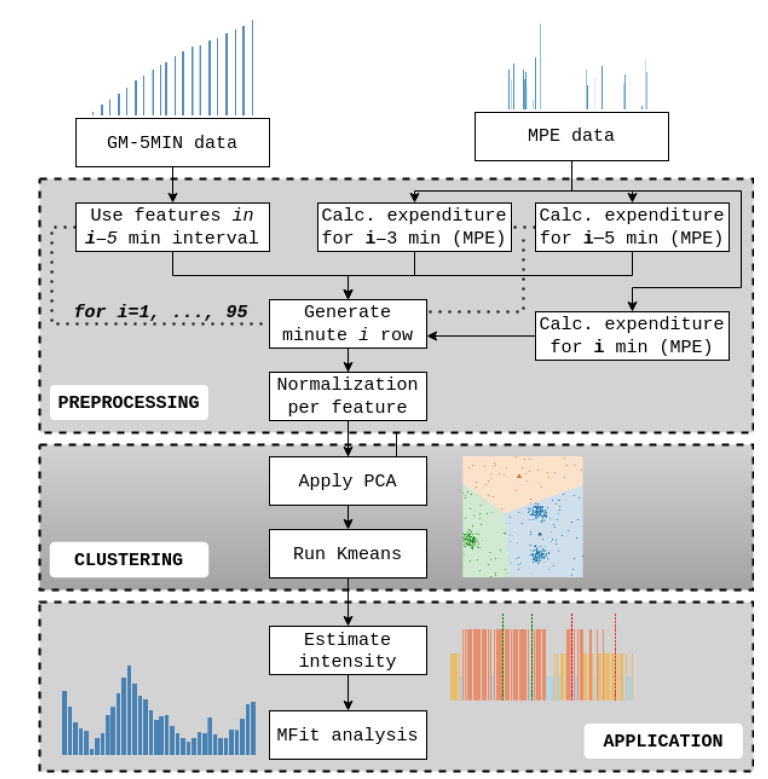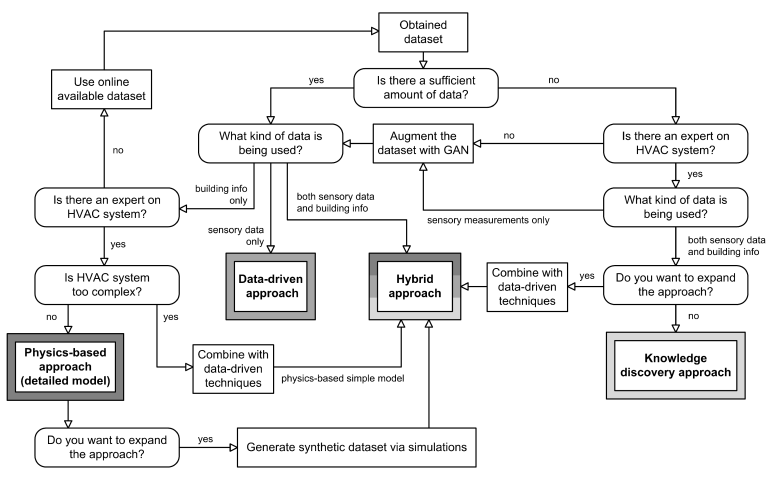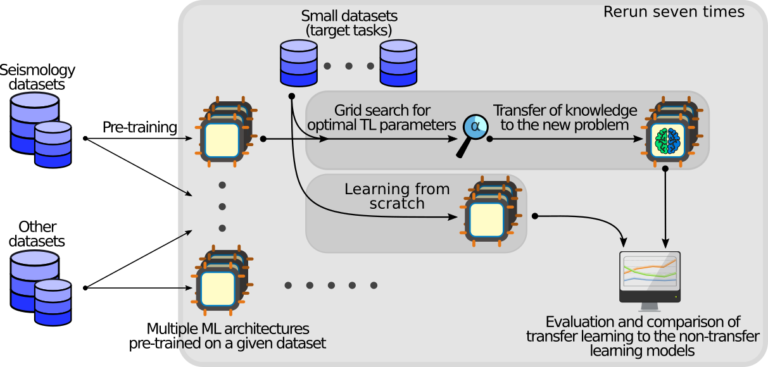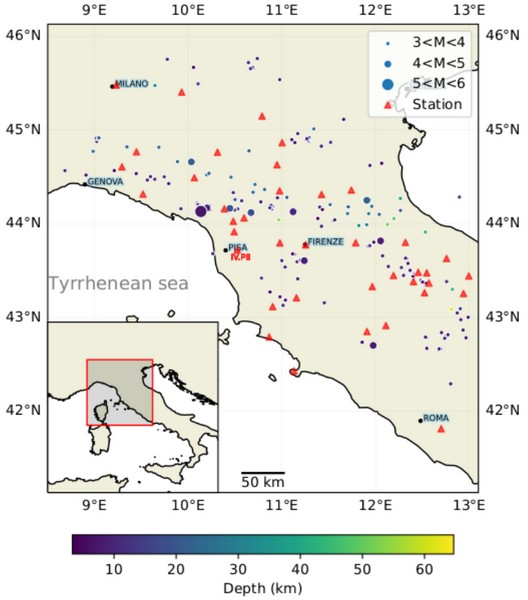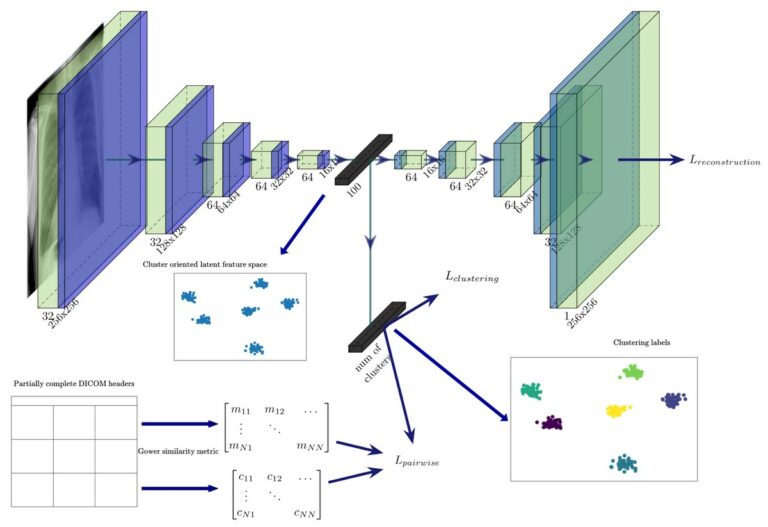The goal of the project is to study and analyze the most sought-after job profiles related to artificial intelligence on the market, develop education plans for higher education students, conduct education at all partner universities through academic courses with recognition of achieved points, and create a digital academic portal as a gathering place for new […]
Machine Learning Laboratory
Fracture Recognition in Paediatric Wrist Radiographs: An Object Detection Approach
Wrist fractures are commonly diagnosed using X-ray imaging, supplemented by magnetic resonance imaging and computed tomography when required. Radiologists can sometimes overlook the fractures because they are difficult to spot. In contrast, some fractures can be easily spotted and only slow down the radiologists because of the reporting systems. We propose a machine learning model […]
Rapid extraction of skin physiological parameters from hyperspectral images using machine learning
Noninvasive assessment of skin structure using hyperspectral images has been intensively studied in recent years. Due to the high computational cost of the classical methods, such as the inverse Monte Carlo (IMC), much research has been done with the aim of using machine learning (ML) methods to reduce the time required for estimating parameters. This […]
Extended Energy-Expenditure Model in Soccer: Evaluating Player Performance in the Context of the Game
Every soccer game influences each player’s performance differently. Many studies have tried to explain the influence of different parameters on the game; however, none went deeper into the core and examined it minute-by-minute. The goal of this study is to use data derived from GPS wearable devices to present a new framework for performance analysis. […]
A Review of Data-Driven Approaches and Techniques for Fault Detection and Diagnosis in HVAC Systems
Heating, ventilation, and air conditioning (HVAC) systems are a popular research topic because buildings’ energy is mostly used for heating and/or cooling. These systems heavily rely on sensory measurements and typically make an integral part of the smart building concept. As such, they require the implementation of fault detection and diagnosis (FDD) methodologies, which should […]
The Choice of Time–Frequency Representations of Non-Stationary Signals Affects Machine Learning Model Accuracy: A Case Study on Earthquake Detection from LEN-DB Data
Non-stationary signals are often analyzed using raw waveform data or spectrograms of those data; however, the possibility of alternative time–frequency representations being more informative than the original data or spectrograms is yet to be investigated. This paper tested whether alternative time–frequency representations could be more informative for machine learning classification of seismological data. The mentioned […]
Intra-domain and cross-domain transfer learning for time series data—How transferable are the features?
In practice, it is very challenging and sometimes impossible to collect datasets of labelled data large enough to successfully train a machine learning model, and one possible solution to this problem is using transfer learning. In this study, we investigate how transferable are features between different domains of time series data and under what conditions. […]
Transfer learning: Improving neural network based prediction of earthquake ground shaking for an area with insufficient training data
In a recent study we showed that convolutional neural networks (CNNs) applied to network seismic traces can be used for rapid prediction of earthquake peak ground motion intensity measures (IMs) at distant stations using only recordings from stations near the epicenter. The predictions are made without any previous knowledge concerning the earthquake location and magnitude. […]
Cast suppression in radiographs by generative adversarial networks
Injured extremities commonly need to be immobilized by casts to allow proper healing. We propose a method to suppress cast superimpositions in pediatric wrist radiographs based on the cycle generative adversarial network (CycleGAN) model. We retrospectively reviewed unpaired pediatric wrist radiographs (n = 9672) and sampled them into 2 equal groups, with and without cast. […]
Deep Semi-Supervised Algorithm for Learning Cluster-Oriented Representations of Medical Images Using Partially Observable DICOM Tags and Images
The task of automatically extracting large homogeneous datasets of medical images based on detailed criteria and/or semantic similarity can be challenging because the acquisition and storage of medical images in clinical practice is not fully standardised and can be prone to errors, which are often made unintentionally by medical professionals during manual input. In this […]



